2019 Pan American Round-Up: Krikorian + Steffens on Water Polo in the Southern Hemisphere
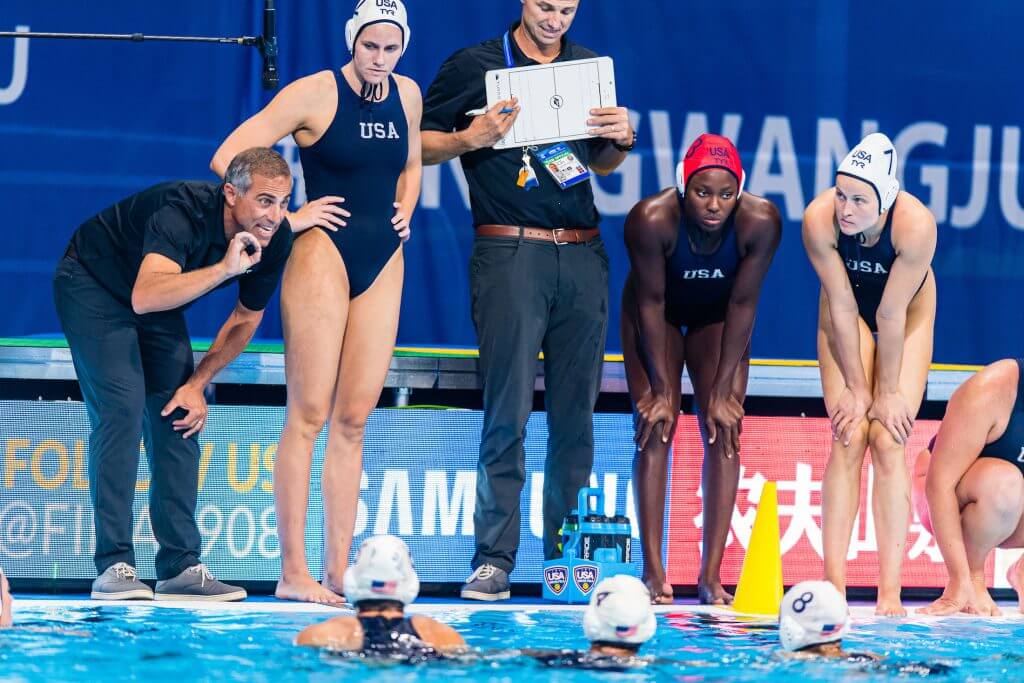
LIMA, PERU. The difference in skills and experience was vast among the 16 teams assembled for men’s and water polo at the the 2019 Pan American Games. At the top were the Americans—double gold medalists—followed by the Canadians (double silver) and the Brazilians (double bronze). The remaining countries—Argentina, Cuba, Mexico, Peru, Puerto Rico and Venezuela—for the most part lagged far behind the medalists, though they posses important attributes—including size and raw potential that offer hope for a more competitive future.
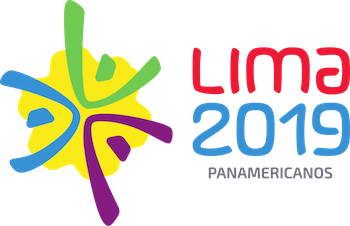 That was the sentiment Adam Krikorian, head coach for the USA Women, expressed multiple times during a discussion about women’s water polo in the Southern Hemisphere. Along with two-time Olympic gold medalist and MVP Maggie Steffens—whose father Carlos was born in Puerto Rico and competed for the island in international tournaments—Krikorian outlined a view of polo in the hemisphere that is refreshingly optimistic.
That was the sentiment Adam Krikorian, head coach for the USA Women, expressed multiple times during a discussion about women’s water polo in the Southern Hemisphere. Along with two-time Olympic gold medalist and MVP Maggie Steffens—whose father Carlos was born in Puerto Rico and competed for the island in international tournaments—Krikorian outlined a view of polo in the hemisphere that is refreshingly optimistic.
A key discussion point was the Venezuelan women’s team, which is now essentially state-less due to their country’s political and economic strife. In contrast, the Peruvian men’s and women’s squads were relatively new to Pan Ams—and eager to improve. Both programs provide striking contrasts as to the possibilities and realities, but only if a commitment is made to support the athletes and national associations that sponsor polo in below North America.
[On The Record with Gilberto Caceres, Director, National Water Polo Federation of Venezuela]
– Two different teams, two different issues; there’s the Venezuelans, who can’t find a pool to play in, and the Peruvians, who are just happy to be here. USA is at the top and can help improve things. How do you accomplish this?
Adam Krikorian: It’s a delicate balance for us when we’re here in these games. What we want to do is show these countries how beautifully the sport can be played. I hope we’re an example for them of this.
At the same time, as we did today [a 24-2 win over Peru], you need that respect for your opponent. You can’t continue to play at our highest level for all four quarters. Otherwise it could be embarrassing.
I said this to our team; when I look at some of these teams from South America, and I see them pass and shoot and see them play the game; there is plenty of talent and ability out there to have—and I’m saying this across the board, not just with the Venezuelan team or the Peruvian team. There’s a lot of talent out there. For them, the biggest hurdle—and this is form an outsider’s perspective, I don’t know for sure—for them the biggest hurdles are facilities and training time.
– As measured by Peru’s investment in the sport, water polo in the region is on the rise. The Americans represent the gold standard for the sport. What can you do to help?
Maggie Steffens: I said this yesterday; we have a responsibility to play to the best of our ability, to play the best that the game can be played—and that’s changing every day. I think we can be better in doing that in all of these games. Hopefully day-by-day we can portray that—to play the sport the way it should be played.
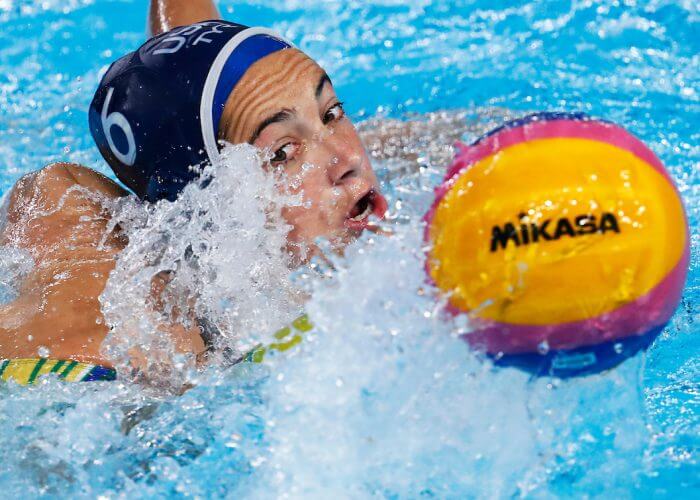
USA’s Maggie Steffens. Photo Courtesy: Marcos Brindicci / Lima 2019
For me what’s really cool is coming to this venue and seeing that there is opportunity and there are the people that want to play, but it’s about providing all three of those so it’s sustained and keeps happening—and not just because it’s the Pan American Games.
For example, in Puerto Rico, it’s tough. A lot of the women on the national team—we have that in the states as well—but clearly, if we have it in the States it’s going to be everywhere. Just doing our best to help and create exposure and opportunity to as many people as possible s that now the youth get excited, they want to play, and the youth can create the next generation of water polo that’s better than our team no matter what country they’re from.
– Given the lack of clubs in South America, is the solution for talented male and female polo players from South America to come to the U.S. after high school?
Krikorian: We’ve seen that in all sports. There’s more foreign athletes now in our American college system. That can be beneficial to all of these countries to get those opportunities. I just want to make it clear, and I said this to the team before, if you give some of these teams the resources and the facilities and the coaching and training for, let’s say, the next year leading up to the Olympics—similar to what our team’s going to get—I’m not going to say they’re going to be world beaters but they can be very competitive on a world stage.
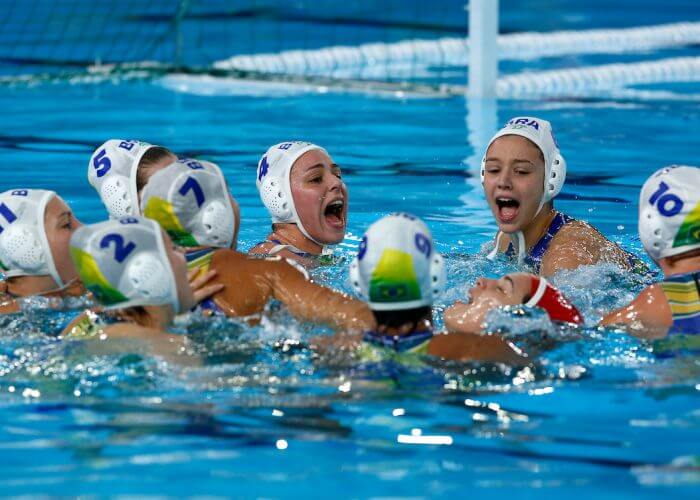
Brazilian women’s team celebrating bronze at Pan Ams. Photo Courtesy: Enrique Cuneo / Lima 2019
Those are the only things that they’re missing. And those are big things, but if they can—or if we can, whether it’s America, or FINA, or the IOC—to help in any way to make that possible, I believe they could have a lot of success.
– What about Puerto Rico? Is there a way to tap the talent there in what is essentially the 51st American state?
Steffens: I can relate it back to when I was there with my dad and my sister last march. We were doing camps at a local country club. The pool was really shallow but it was a really nice pool—a really nice country club, and we said [to the kids] come out and try water polo!
We got little balls, we got blow-up nets, and a lot of people didn’t know what the sport was. Which is crazy because my memories growing up are of my dad talking about playing polo in Puerto Rico.
They have the national teams there, but you can see that there’s so many kids who just don’t know what the sport is because of what Adam was just talking about: the resources just aren’t there. There weren’t water polo cages there—let’s get them that. Because now if there’s a water polo cage, a swimmer finds a water polo ball and just throws it around.
What was great is that the swim coach who let us use his pool—at first, he was against it, but then he saw how happy the kids were and how excited everyone was getting—and realized that it was more than just doing another sport. It’s about building up the community and creating a family. Especially in Latin culture that’s so important.
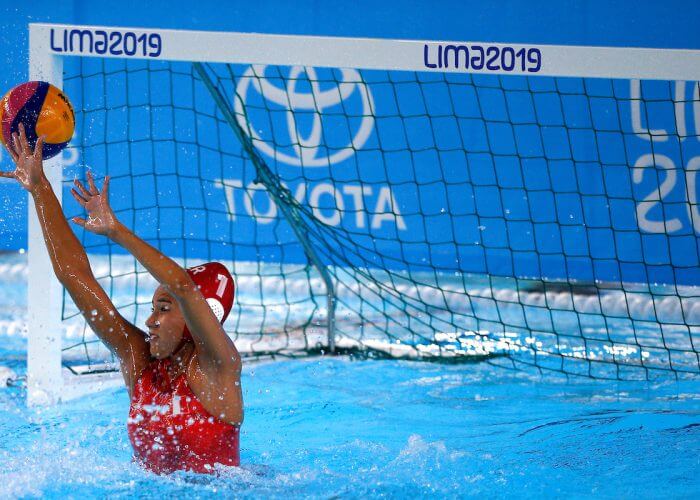
Peru ’s Alyssa Barnuevo. Photo Courtesy: Cristiane Mattos / Lima 2019
That was really exciting for me to see. Across the way from the country club there was a basketball court and a soccer field. Me, my dad and my sister said [to kids there]: Hey, if you guys aren’t doing anything later, come by the pool!
And a bunch of them came out of curiosity and to be with their friends—and they loved it!
What’s hard is we can’t be there all the time.
If they have the tools, the resources—the desire, is there. We just have to expose it and keep supplying tools to help it grow. But the passion, the talent, the heart—for sure it’s all there. We just have to filter it into one area and help it grow.




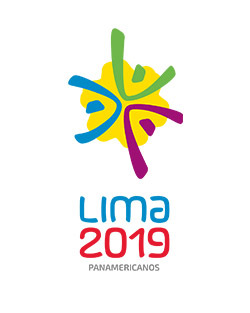
Why visitors still make use of to read news papers when in this technological globe all is
presented on web?